Scientists explore the challenges facing alternatives to lithium-ion batteries and suggests a roadmap to overcome these obstacles.
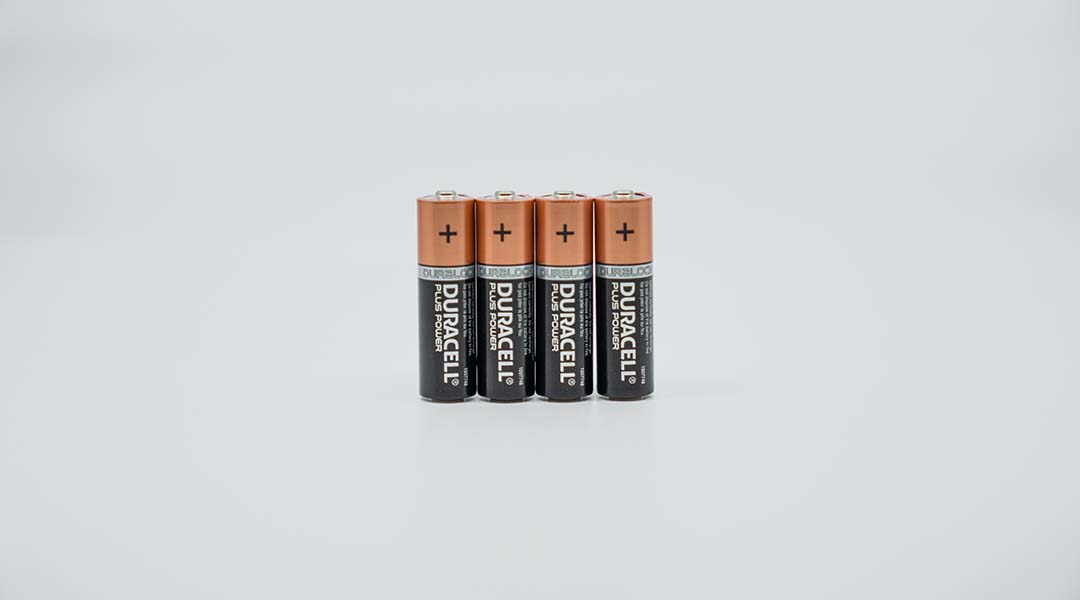

Scientists explore the challenges facing alternatives to lithium-ion batteries and suggests a roadmap to overcome these obstacles.
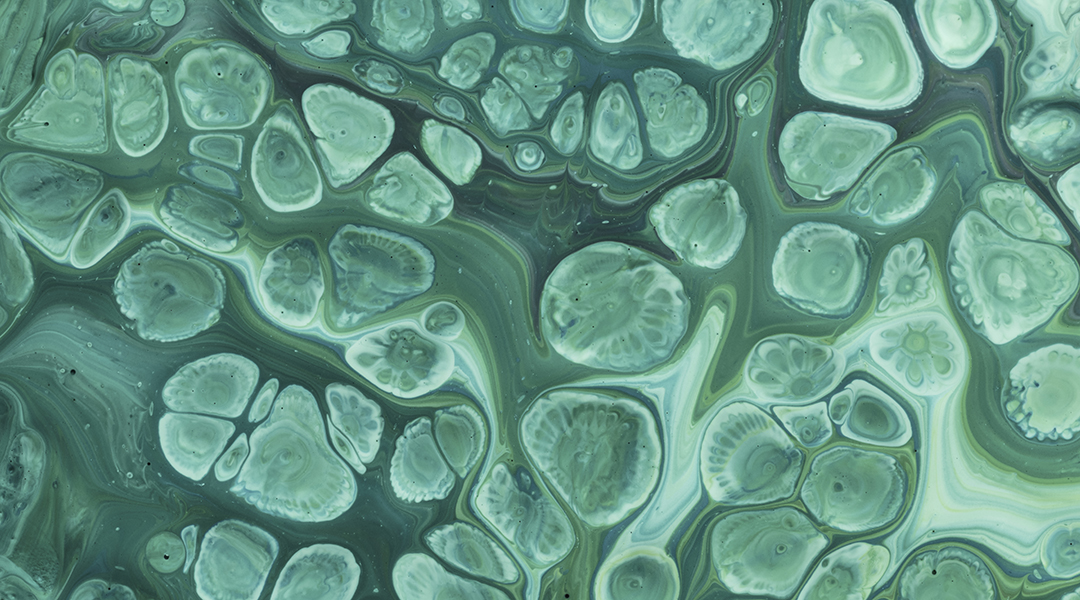
A textured film maximizes sunlight by generating an increased amount of red light, reducing the costs of algae production on a significant scale.
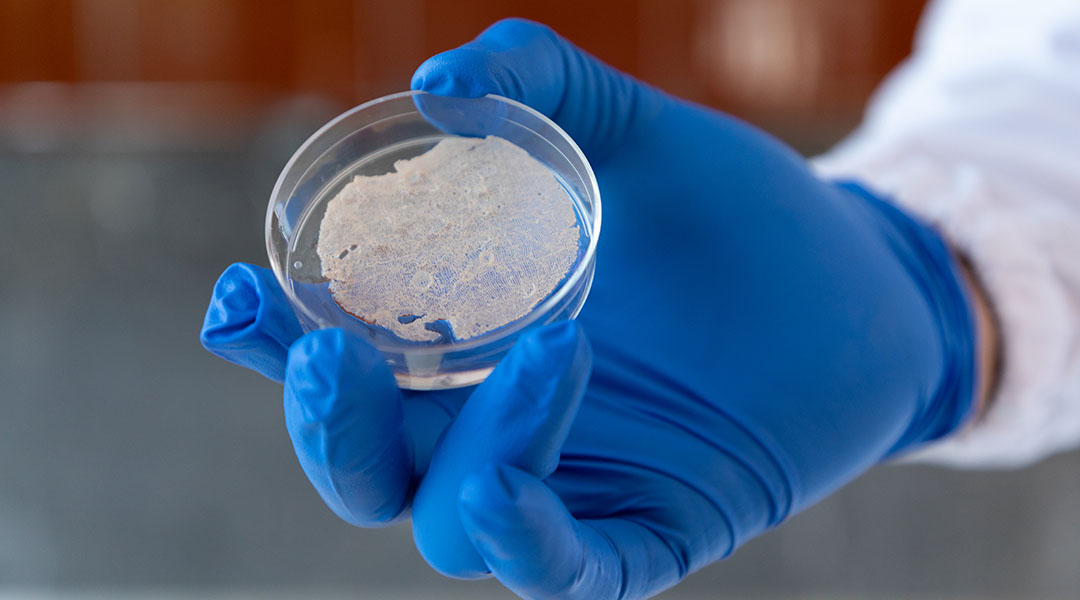
Using plant proteins derived from crop waste and spent grains adds new dimension to sustainable lab-grown meats.
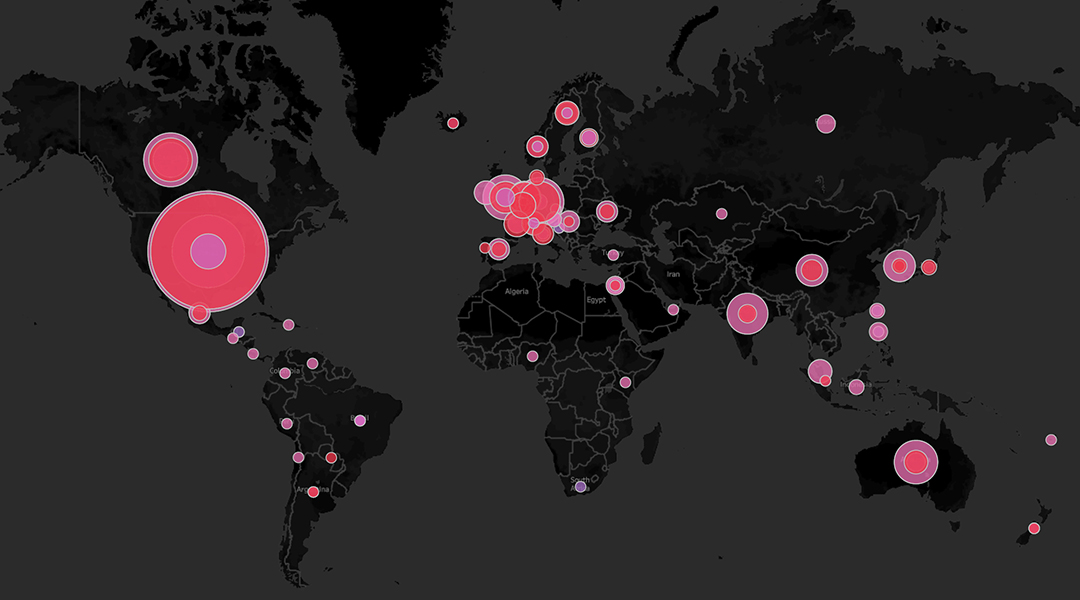
The circular carbon economy is still in its infancy, and realizing it will require innovative processes for capturing and utilizing carbon.
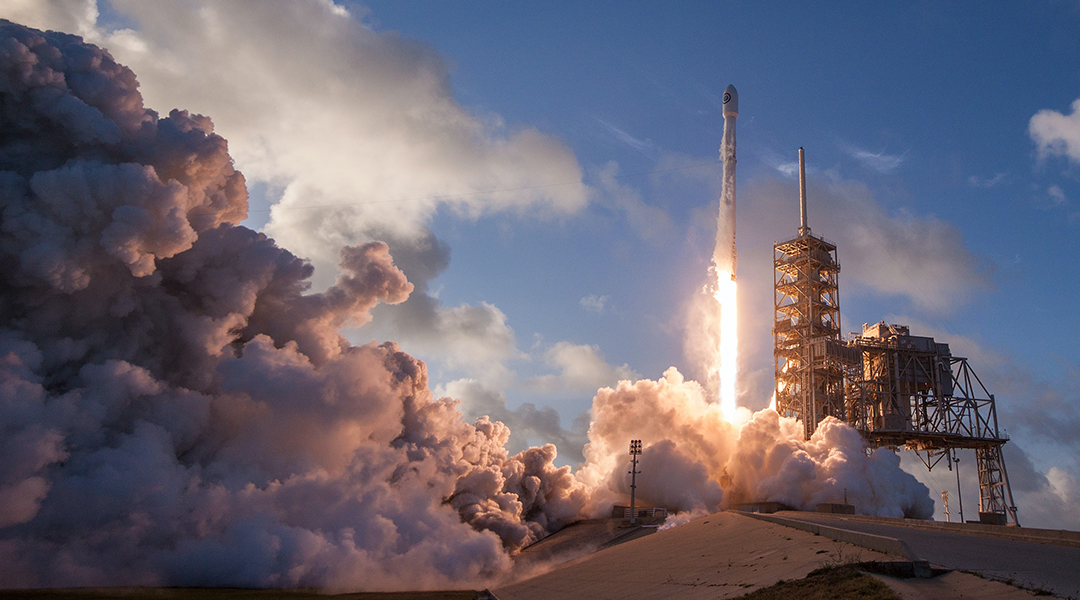
Nine different ways of using technologies based on microbes that can make space research more circular and generally more sustainable.

The sulfate-free movement in beauty products has been gaining popularity, but this isn’t based in science, say experts.
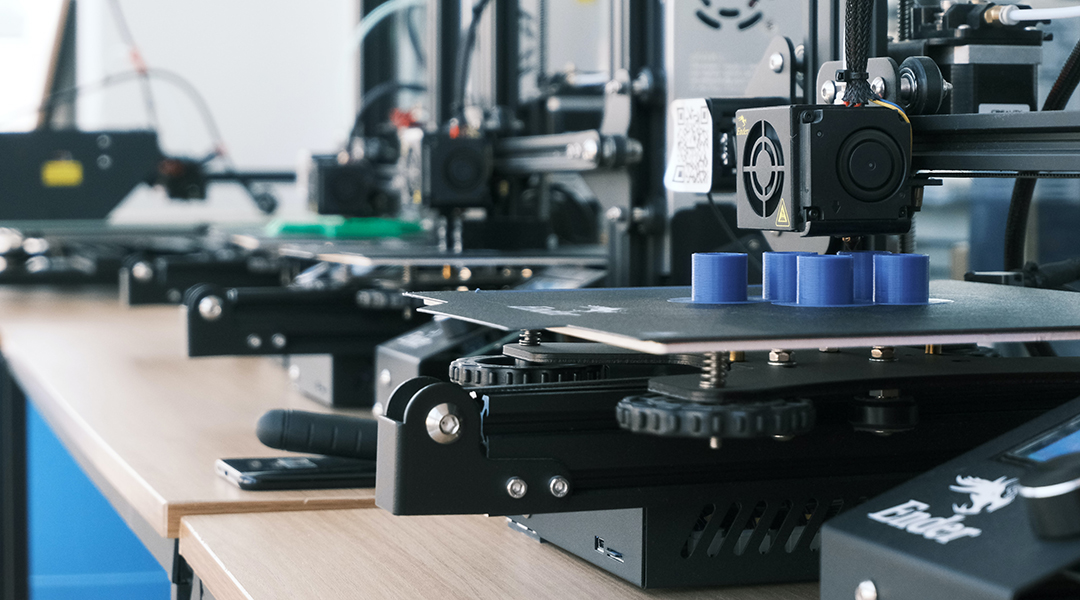
To optimize 3D printing, researchers apply machine learning to minimize waste and optimize structure during the printing process.
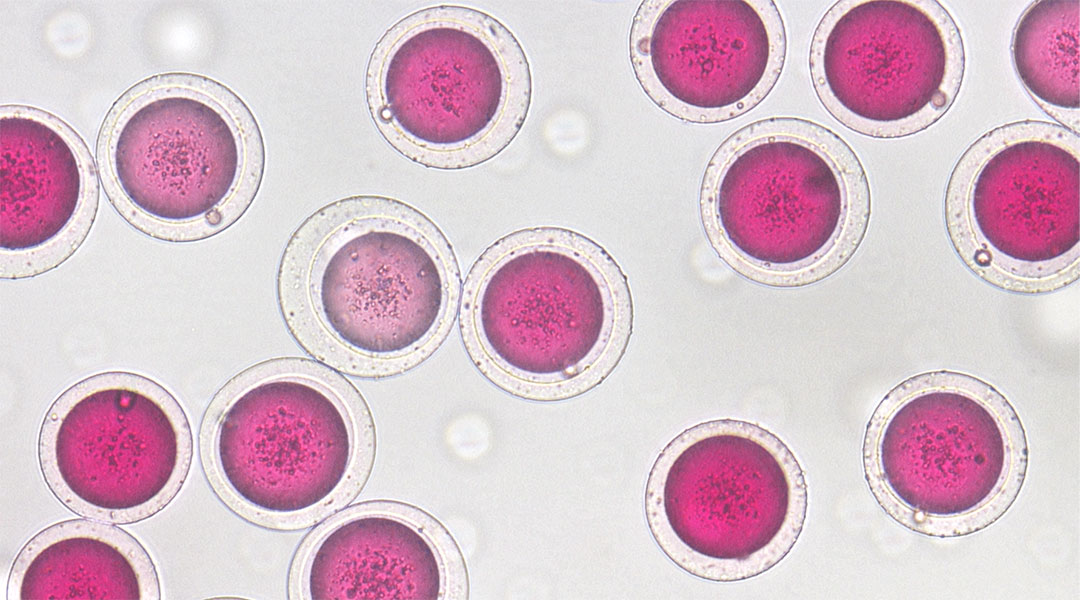
Check out atomic glimpses of graphene ribbons, double bubble microspheres, and a solar evaporator made from bone.
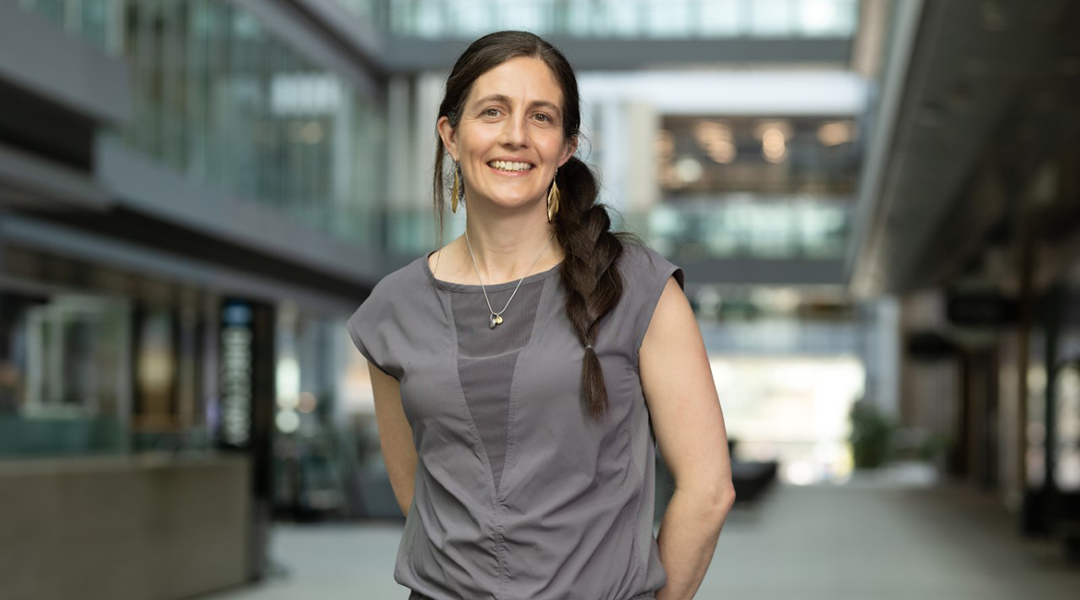
Using unique artificial microenvironments, chemical engineer Alison McGuigan is getting to the bottom of cell behavior.
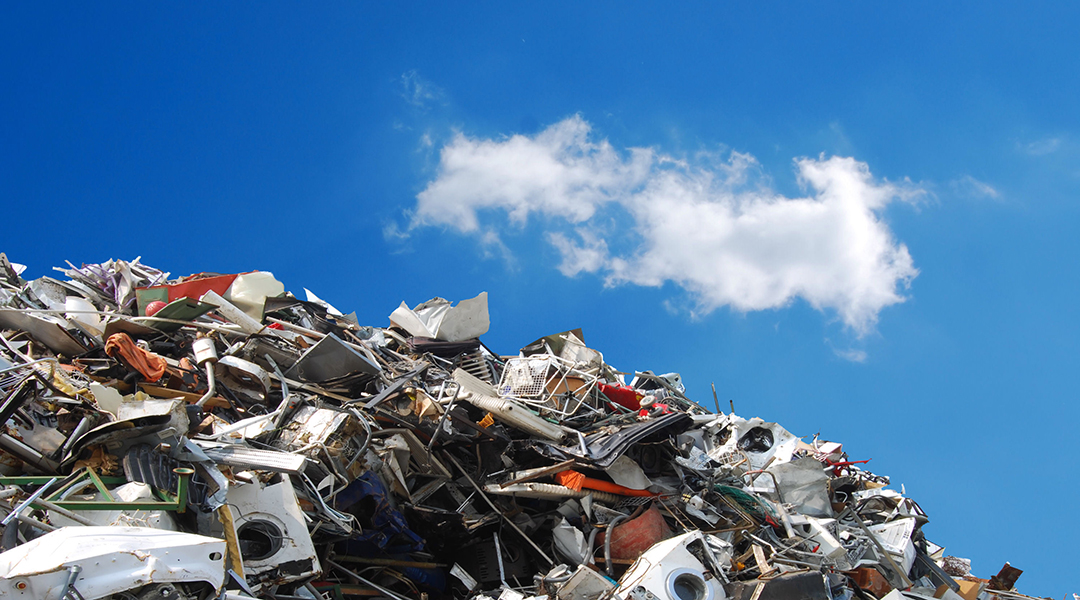
A novel recycling process recovers valuable rare earth elements from scrap, minimizing the need for harmful mining operations.